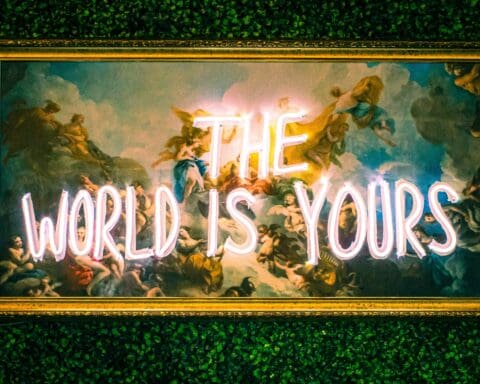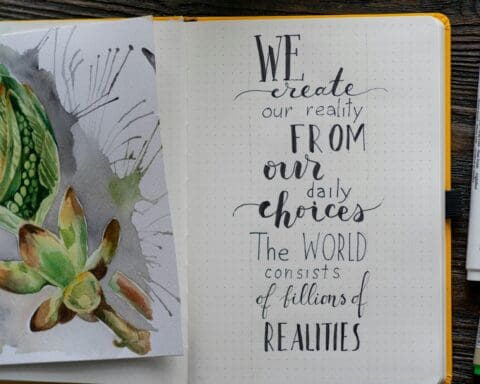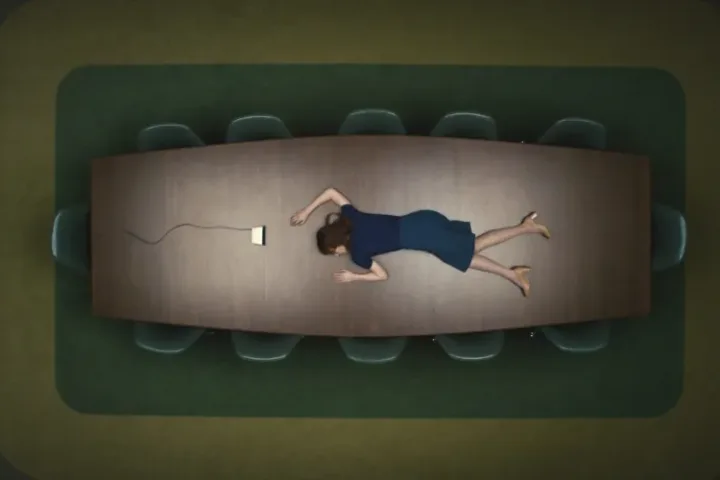The Hidden Cost of Digital Distraction
You check your phone quickly during a meeting. Scroll through LinkedIn between tasks. Open Instagram while waiting for an email reply. These micro-moments seem harmless. But they add up.
In today’s era and workplace, social media has become a quiet thief of productivity. It does more than just pull us away from our to-do lists. It shifts our attention, rewires our focus, and redefines how we work, often without us even noticing.
A growing body of research suggests that social media use during work hours reduces concentration, increases procrastination, and leads to cognitive fatigue (Andreassen et al., 2014). For many professionals, especially working women navigating competing demands, the impact is even more significant.
This article examines how social media triggers slacking behavior, the psychological mechanisms at play, and how to reclaim deep, focused work without quitting digital tools entirely.
Why Social Media Fuels Slacking
The Dopamine Loop of Distraction
Social platforms are designed to keep us engaged. Each like, notification, or comment acts as a micro-reward, triggering the release of dopamine, which is a neurotransmitter associated with pleasure and habit formation (Montag et al., 2019).
✿ Thank you for reading!
Subscribe to be our bestie, no spam—just good vibes once a month.
What begins as a harmless check-in becomes a cycle. Our brains learn to seek stimulation in quick, bite-sized doses. Instead of returning to complex tasks, we crave the immediate gratification of scrolling.
Research Insight: Repeated exposure to social media stimuli alters the brain’s impulse control systems, making it more difficult to resist distractions (Turel & Bechara, 2016).
Procrastination as a Coping Mechanism
Many of us reach for our phones not because we are bored but because we feel overwhelmed. Social media becomes an easy way to avoid mentally taxing work. As Panek (2014) notes, digital engagement often acts as a form of emotional escape.
We turn to our devices not to recharge but to defer discomfort.
The Illusion of Productivity
Professional use of social media, such as browsing LinkedIn and reading industry news, makes us feel productive. But it rarely replaces meaningful output. This blurred line between work and distraction extends the time we spend on platforms, often without benefit to our actual responsibilities.
Example: What starts as a quick glance at LinkedIn easily becomes twenty minutes of passive consumption, delaying tasks that require sustained focus (Newport, 2016).
Attention Fragmentation
Each switch between work and a digital platform disrupts the cognitive flow. The result is slower task completion, reduced accuracy, and increased mental fatigue (Rosen et al., 2013). Known as task-switching fatigue, this phenomenon impairs our ability to engage deeply with complex tasks.
Research Insight: Those who frequently shift between work and social media can experience up to a 40 percent reduction in task performance (Rosen et al., 2013).
Normalizing the Slack Culture
In many workplaces, quick digital breaks have become part of the culture. When everyone reaches for their phones during downtime or meetings, casual slacking becomes invisible and acceptable. Over time, this erodes collective focus and productivity (Kushlev et al., 2016).
The Psychological Costs of Digital Distraction
Stress Without Relief
Contrary to the belief that social media offers a break from work, studies show that it increases stress, guilt, and anxiety. The tension of constantly splitting attention between notifications and responsibilities creates emotional fatigue (Turel & Bechara, 2016).
A Decline in Self-Efficacy
When digital distractions prevent us from completing tasks, we feel less capable. Deadlines are missed, the focus is scattered, and our sense of accomplishment diminishes. This cycle feeds into lower confidence and rising dissatisfaction (Sirois & Pychyl, 2013).
Social Comparison and Imposter Syndrome
Platforms like LinkedIn can foster harmful comparisons. Exposure to curated portrayals of professional success can leave users feeling behind or inadequate, especially when their own productivity is disrupted by the very platforms they are comparing themselves to (Twenge et al., 2018).
Strategies for Reclaiming Focus
Use Structured Breaks
Instead of eliminating social media altogether, create time-bound spaces for it. Techniques like the Pomodoro Method, which involves 25 minutes of focused work followed by a 5- to 10-minute break, help limit unchecked scrolling.
Pro Tip: Use breaks for intentional digital use, not mindless wandering. Keep your phone out of reach during deep work blocks.
Monitor Your Digital Habits
Apps like RescueTime, StayFocusd, and Freedom allow you to measure how much time is spent on various platforms. This awareness alone can curb unconscious habits.
Pro Tip: Use analytics from these apps to track your progress weekly and adjust your boundaries accordingly.
Protect Your Deep Work
Cal Newport defines deep work as the ability to focus without distraction on a cognitively demanding task. Creating the right conditions for it matters.
Pro Tip: Establish screen-free zones. Block distracting websites. Designate at least one no-interruption window per day for high-priority work.
Rethink Workplace Policies
If you are in a leadership role, consider advocating for digital wellness policies. Banning phones outright is not realistic, but promoting intentional engagement is.
Pro Tip: Encourage accountability practices, such as check-ins or team sprints, that focus on goals, not just availability.
Practice Mindful Use
Before opening an app, ask yourself: “Why am I here?” Intentionality shifts passive habits into conscious choices.
Pro Tip: Replace auto-scrolling with quick rituals: a five-minute walk, a stretch, or a check-in with a colleague. The brain needs rest, but not necessarily screen time.
Final Thoughts: Make Technology Work for You
Social media is not inherently the enemy of productivity. It becomes a problem when it disrupts our ability to think deeply, complete tasks, or stay grounded in our priorities.
The solution lies not in abstinence but in awareness. When we recognize how social platforms influence our focus, we gain the ability to set smarter boundaries and create healthier habits.
The goal is not to eliminate social media. It is to reclaim our time and attention so that our best work and well-being can thrive alongside our digital lives.
References
Andreassen, C. S., Torsheim, T., Brunborg, G. S., & Pallesen, S. (2014). Development of a Facebook Addiction Scale. Psychological Reports, 110(2), 501–517.
Montag, C., Lachmann, B., Herrlich, M., & Zweig, K. (2019). Addictive features of social media/messenger platforms and freemium games. International Journal of Environmental Research and Public Health, 16(14), 2612.
Newport, C. (2016). Deep Work: Rules for Focused Success in a Distracted World. Grand Central Publishing.
Panek, E. T. (2014). Left to their own devices: College students’ “guilty pleasure” media use. Communication Research, 41(4), 561–577.
Rosen, L. D., Carrier, L. M., & Cheever, N. A. (2013). Facebook and texting made me do it: Media-induced task-switching while studying. Computers in Human Behavior, 29(3), 948–958.
Sirois, F. M., & Pychyl, T. A. (2013). Procrastination and the priority of short‐term mood regulation. Social and Personality Psychology Compass, 7(2), 115–127.
Turel, O., & Bechara, A. (2016). Social media use and addiction—A review. Frontiers in Psychology, 7, 298.
Twenge, J. M., Campbell, W. K., & Haidt, J. (2018). The age of digital distraction: How smartphones are shaping the next generation. Journal of Adolescence, 68, 1–12.
✱ If you liked this article, please share it with a friend who could use inspiration.
If you have a topic in mind or a story to share anonymously or with your name, email us at [email protected]




















